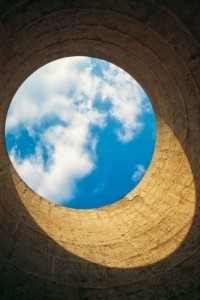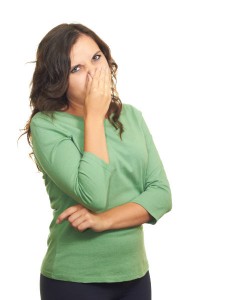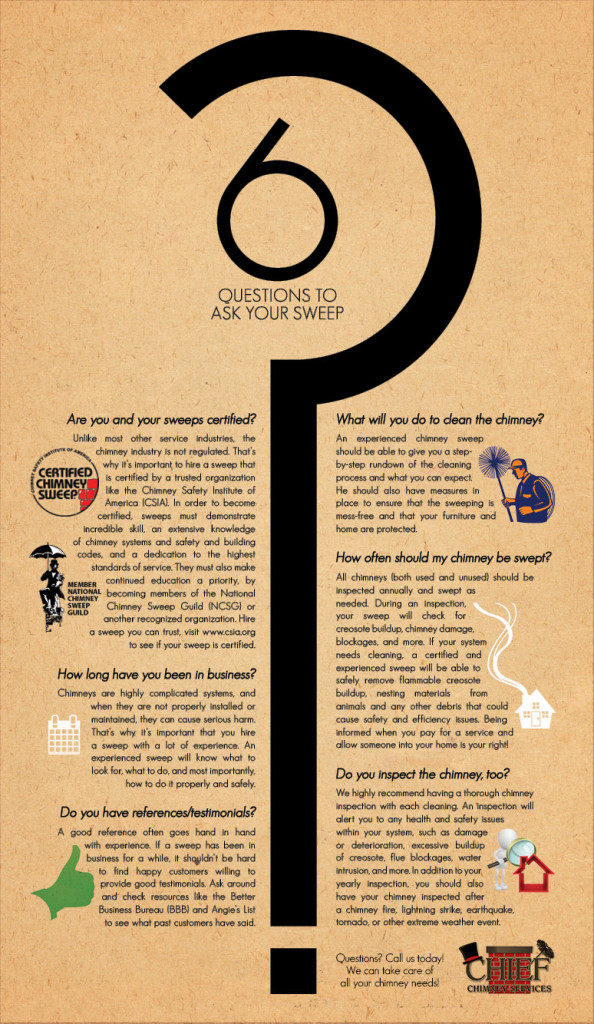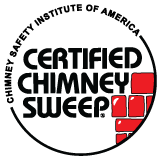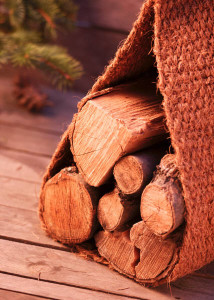Changing Temperatures Can Seriously Damage Your Chimney
If any part of your home can withstand the notoriously harsh New York winters, it would be the chimney. Made of tough brick or stone, it has most likely seen decades or even centuries of unforgiving temperatures. While the chimney is particular strong and durable, it does have weaknesses and that includes dramatic changes in weather.
Chimney damage due to temperature changes starts with the presence of moisture in the structure. Aside from stone, all materials used to create a masonry chimney are porous and sensitive to contact with water. Even stone chimneys need mortar to bond the stones together, so they do not escape the dangers of water. When water hits materials like mortar or brick, the porous materials absorb the water like a sponge. While this does not have immediate repercussions, it will eventually cause damage.
During the bitterly cold winters on Long Island, every outside structure is subject to the freeze and thaw cycle. This includes your chimney. Now that the porous materials on the chimney contain water, the freeze and thaw cycle can damage the structure. The water inside the brick or mortar expands and contracts in freezing cold temperatures and this continuous movement weakens the brick and mortar.
Signs of damage due to changing temperature include cracks in the mortar, loose bricks or stones, missing bricks or stones or a listing structure. Without the proper attention and maintenance, a water and temperature damaged masonry chimney could collapse, which means serious costs.
You can protect your chimney from this type of deterioration in a couple different ways. One way to do this is to have a chimney service apply water repellent to the outside of the chimney. Using a water repellent instead of a sealant is crucial, because the repellent allows water vapor trapped in the masonry to escape, while it discourages water entry. A sealant will keep any moisture trapped and the damage will happen anyway.
Another way to protect your chimney is to have a chimney cap installed. A chimney cap is a small, simple contraption that covers the top of your chimney. Usually made of copper or stainless steel, chimney caps prevent water from freely entering the inside of the chimney. This can help prevent water damage to your masonry and water damage to other areas such as the flue, damper, and the inside of your home. In addition to keeping water out of the chimney, chimney caps also prevent animals from nesting in the flue and keeps live embers from escaping to create a fire hazard.
Both the application of a water repellent and the installation of a chimney cap should be performed by a licensed professional. Chimney caps sold by big box hardware stores are generally low quality and a chimney service can provide you with a properly fitting, high quality chimney cap that will last years longer. Also, both services pose serious danger to your safety, so consider leaving them to the experts. If you live in the Suffolk County area of Long Island, New York, contact Chief Chimney Services, Inc. for a professional consultation.


